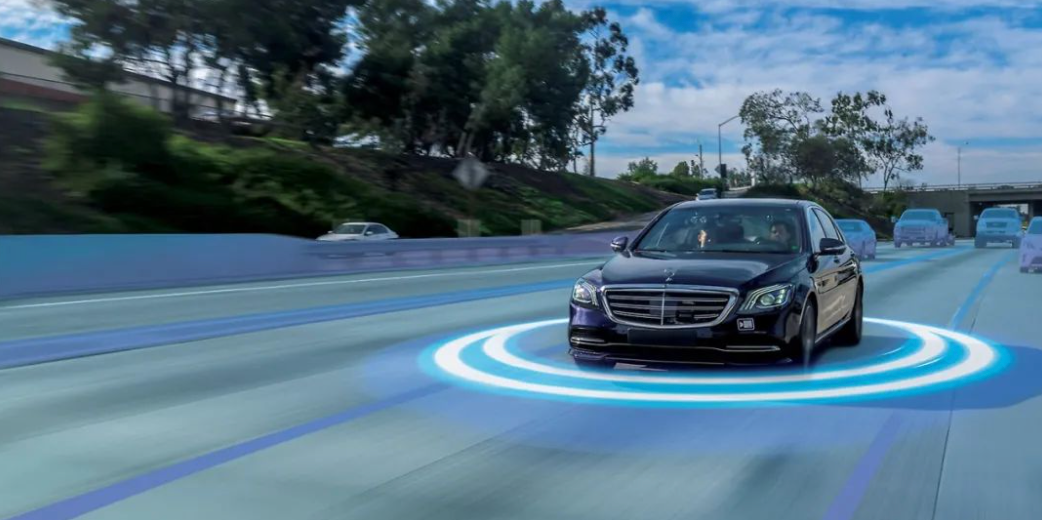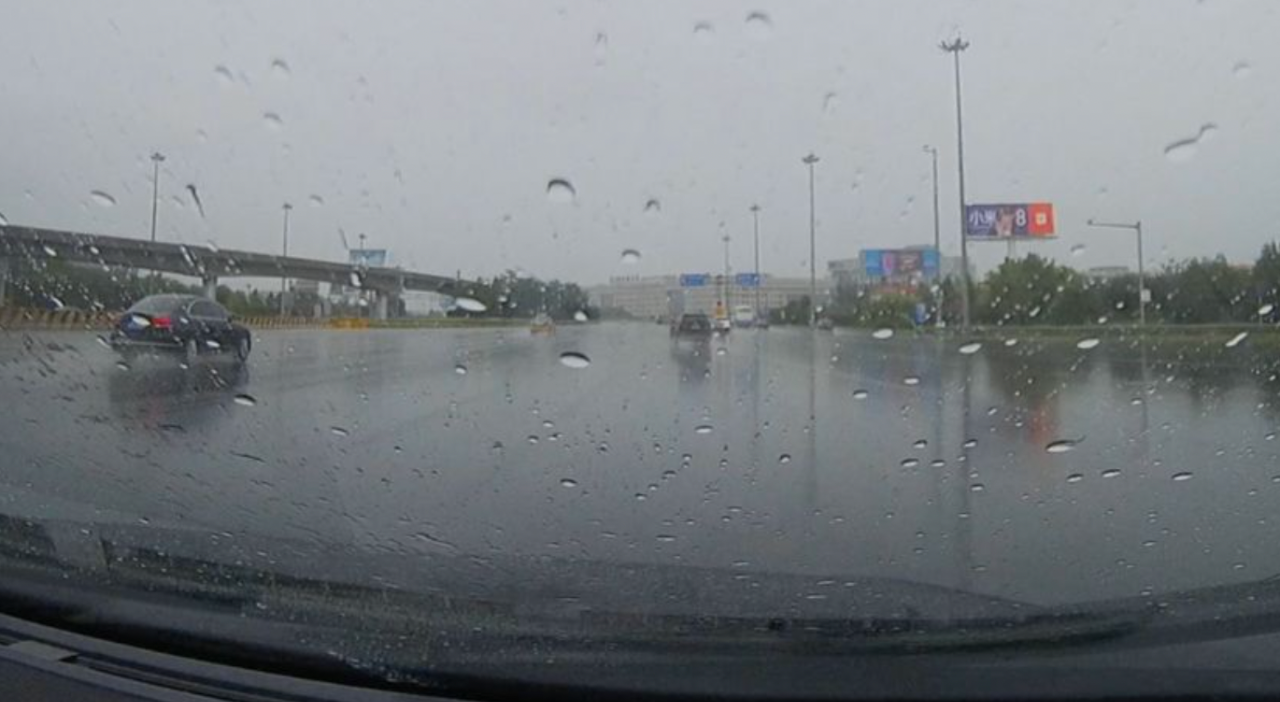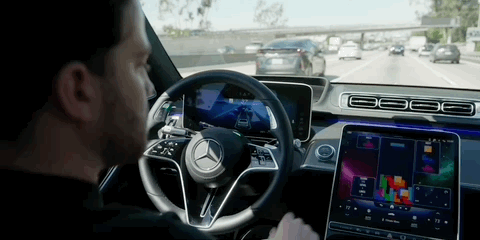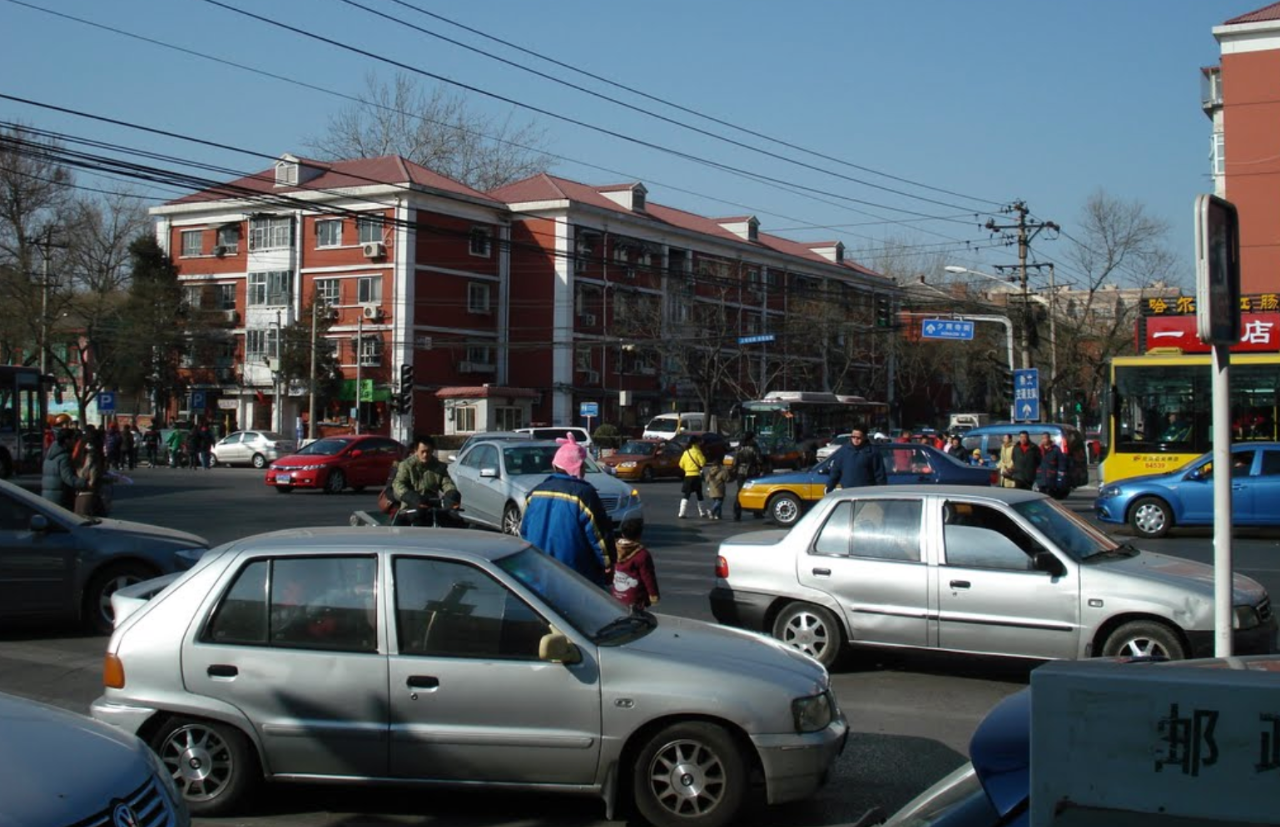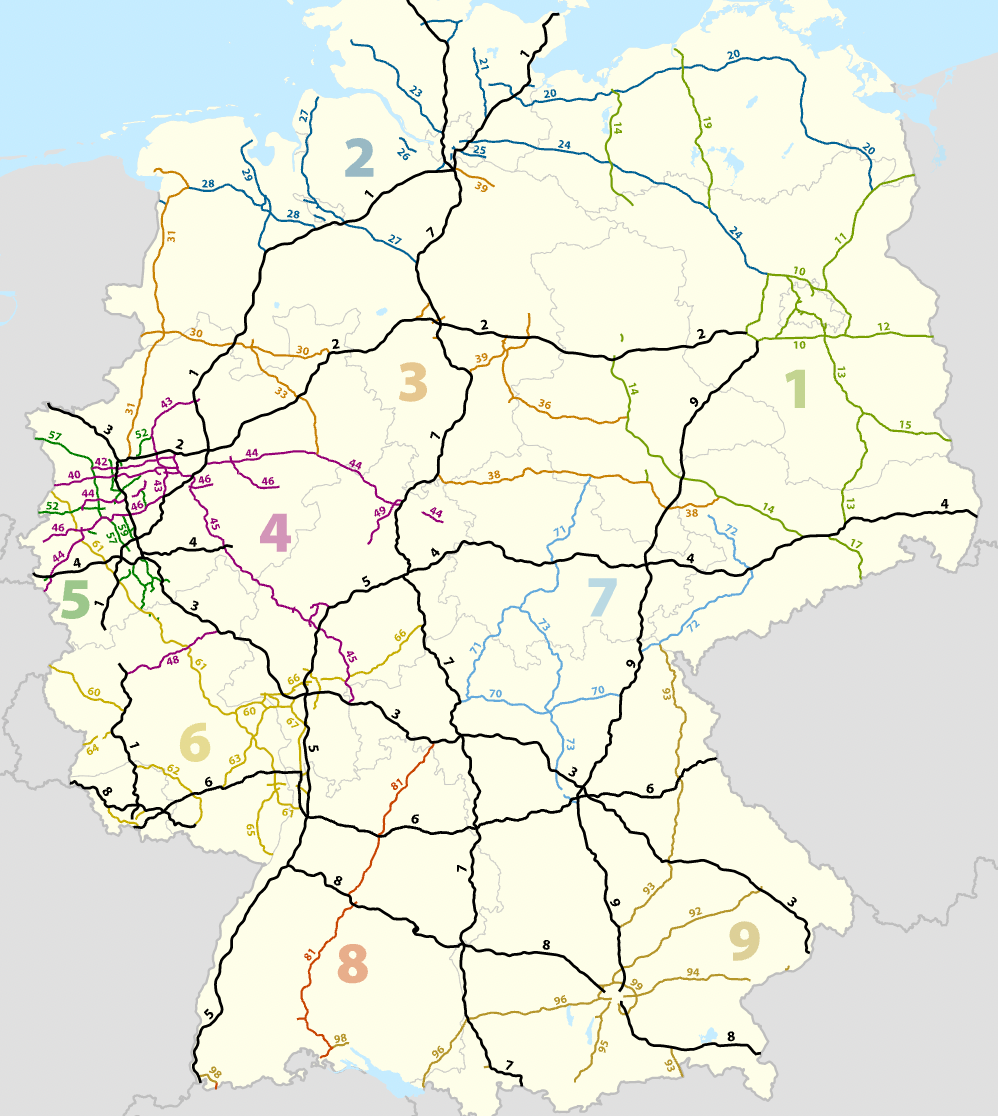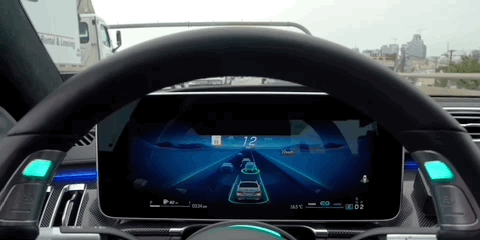Wanbo, sent from the co-driver temple.
Smart Car Reference | AI4Auto public account
“DRIVE PILOT automatic driving system caused a traffic accident when starting up, and I, Mercedes-Benz, take full responsibility!”
This is the first car manufacturer in the world to make an official commitment to the issue of liability attribution for L3 level automatic driving.
However, as Mercedes-Benz’s pioneering commitment continues to ferment, the strict limitations behind DRIVE PILOT have also emerged:
It cannot be used at night, in rainy or snowy weather, or when the speed exceeds 60 kilometers per hour.
With such stringent usage conditions, can the driver really wait for Mercedes-Benz to fulfill its promise and foot the bill?
How Stringent Are the Conditions for L3 Responsibility of Mercedes-Benz?
Mercedes-Benz’s DRIVE PILOT automatic driving system is quite delicate:
It can be used when the weather is sunny and the lighting conditions are good, but not at night or in rainy or snowy weather.
It can be used when the speed is below 60 kilometers per hour (37 miles), but DRIVE PILOT automatically exits when the speed exceeds 60 kilometers per hour, allowing the driver to take over.
It can be used on high-speed highways with lane identification, but not on open city roads with complex road conditions.
Specifically for highways, it depends on the situation, with centimeter-level high-precision map coverage and local government approval required for navigation data.
So far, the use of DRIVE PILOT is limited to 8,000 miles (12,800 kilometers) of highways within Germany.
For those who want to experience the world’s first mass-produced L3 level passenger car automatic driving, sorry, domestic highways are not yet capable.
If any of the above situations that exceed the DRIVE PILOT usage restrictions occur in real scenarios, the automatic driving system will light up a red warning and remind the driver to take control of the vehicle.
The entire process lasts for 10 seconds. If the driver does not respond within 10 seconds, DRIVE PILOT will activate the braking program and bring you to a stop directly in the lane.“`
Considering the responsibility range given by Mercedes-Benz, if you want to experience the world’s first L3 level mass-produced autonomous driving, it’s probably only in such a scenario:
On a sunny day with clear weather, you happily move forward on the highway at a speed of less than 60 km/h, the road is a bit congested, but still orderly, and fellow drivers have good manners, extreme lane changes rarely happen…
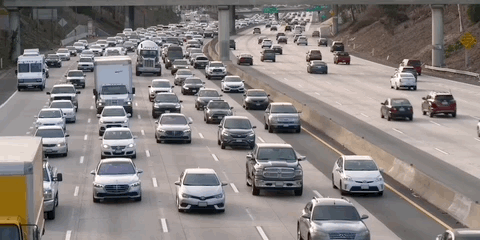
This ODD (Operational Design Domain) is somewhat demanding, and perfect scenarios are almost non-existent in reality.
Under these conditions, Mercedes-Benz is naturally responsible, because there are too few applicable conditions, and the possibility of accidents with DRIVE PILOT under these rigid restrictions is relatively low.
Imagine the same scenario, in sparsely populated Germany it’s fine, but if this is placed on the 3rd Ring Road in Beijing…
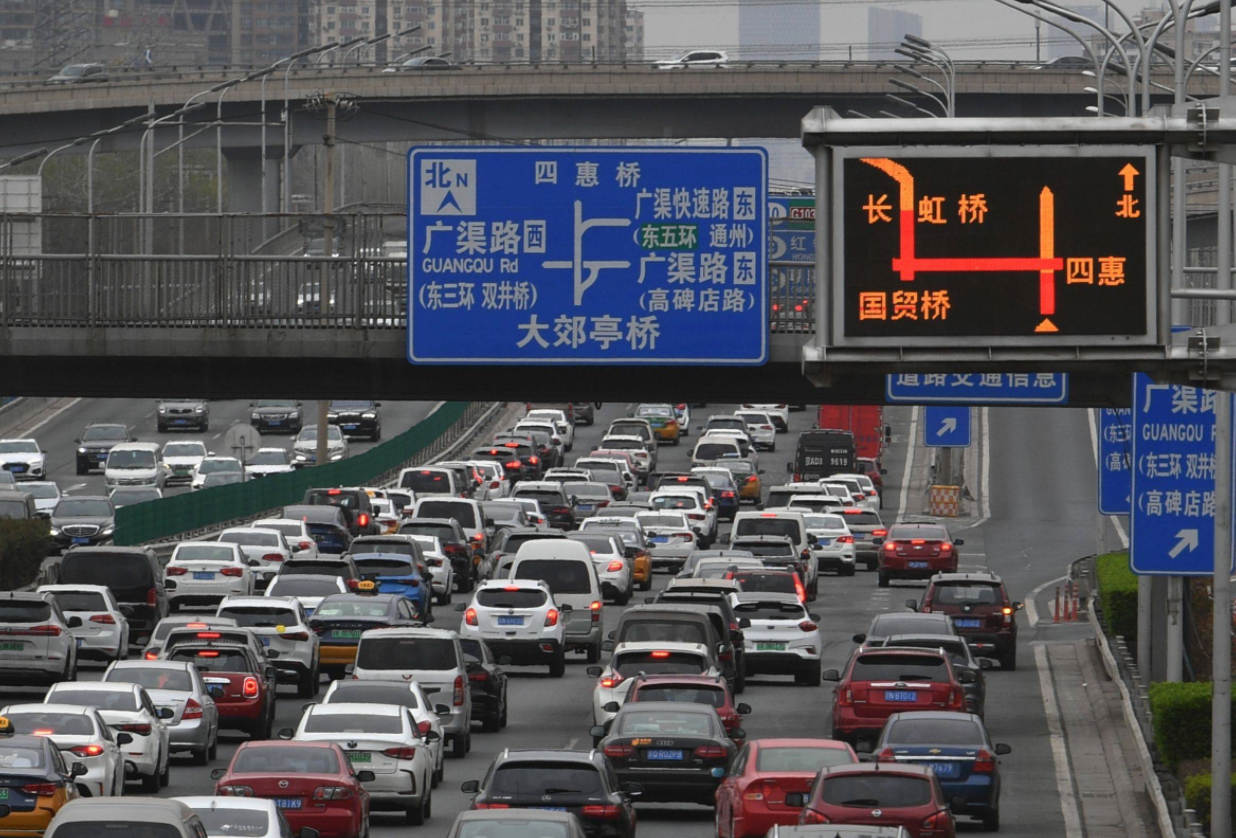
Should users carefully consider before activating the DRIVE PILOT autonomous driving system:
“The lighting conditions are not good today. If there is an accident, will Mercedes-Benz take responsibility? What if Mercedes-Benz refuses to be responsible with the reasons of improper usage scenarios?”
Think twice and just drive by yourself, at least there will be no problems with shifting responsibility if there is an accident.
Therefore, the outcome is likely that Mercedes-Benz will take a responsible attitude for its own L3 level autonomous driving, but the restriction conditions are too demanding, and users will find it troublesome and eventually no one uses it…
What do you think?
-End-
“`
This article is a translation by ChatGPT of a Chinese report from 42HOW. If you have any questions about it, please email bd@42how.com.
